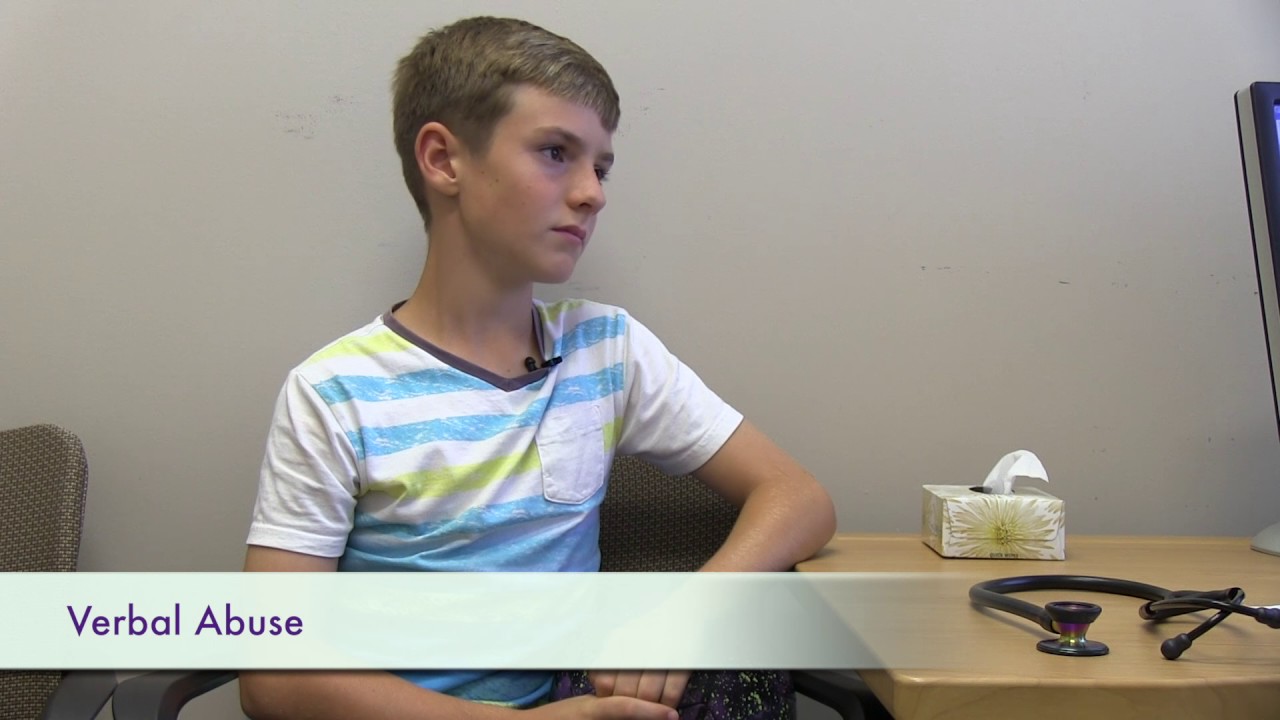Interactive Trauma - Scale To Identify Trauma In Children With Autism
Autistic people face traumas that are unique to them, like emotional or sexual abuse or neglect, as well as traumas that are common to everyone. The prototype of the Interactive Trauma Scale (ITS) is an app that allows autistic children to measure their own trauma via interactive self-report.
Author:Suleman ShahReviewer:Han JuOct 04, 202210 Shares401 Views

Autistic people face traumas that are unique to them, like emotional or sexual abuse or neglect, as well as traumas that are common to everyone. The prototype of the Interactive TraumaScale (ITS) is an app that allows autistic children to measure their own trauma via interactive self-report.
According to preliminary studies, the Interactive Trauma Scale seems to be a reliable self-reported trauma measure for autistic children. With the help of a prototype web-based touchscreen app, children on the autism spectrum can now have their trauma exposure and symptoms checked out.
What Is Interactive Trauma Scale?
The Interactive Trauma Scale (ITS) is an interactive touchscreen self-report assessment of childhood trauma symptoms that may be given to children and adolescents with autism spectrum disorder through a touchscreen tablet or smartphone.
The measure is meant for use with young people. When it is necessary to do so, the examiner will read the items out loud. There are eight questions pertaining to trauma exposure that inquire about traumatic and unfavorable events.
These are then followed by 22 symptom questions that are in line with the DSM-5 criteria for posttraumatic stress disorder, with seven neutral items (such as "I enjoy dinosaurs") scattered throughout in order to keep the child's interest and ensure their comfort. The children are asked to react using a thermometer-style scale with five points, ranging from "Never" to "Always."
This screening tool was made because doctors needed to get direct feedback from children and teens during mental healthexams after claims of abuse, neglect, or victimization by peers.

Conducting a Quick Screen for Trauma - Child Interview
Autism And Trauma Treatment
People who have autism spectrum disorderscommonly fail to account for negative experiences, traumatic events, and the implications of these. Individuals who have autism spectrum disorders have a higher likelihood of having these kinds of incidents frequently.
On the other hand, emerging co-morbid conditions may hide the symptoms that are associated with autism. This chapter contains information about the incidence of exposure to bad events as well as post-traumatic stress disorder.
The greater prevalence of anxietyand depression symptoms, as well as the poorer levels of lifesatisfaction, seen in adults with autism spectrum disorders in comparison to non-autistic adults, may be partly explained by adverse occurrences.
Those with autism spectrum disorders have a greater than fourfold increased risk of being diagnosed with post-traumatic stress disorder (PTSD) than adults who do not have autism spectrum disorders. When children and teens with autism are exposed to stressful events, they are more likely to show symptoms of post-traumatic stress disorder.
People Also Ask
How Do You Teach A Teenager About Trauma?
Here are six easy methods to establish a trauma-informed attitude in your connections with teenagers right now:
- Understand the fundamentals of trauma.
- Learn how to spot stress symptoms in teens.
- Ask appropriate inquiries and reply with empathy.
- Make a note of it.
- Get your bearings.
- Make time to express thanks.
What Are The Symptoms Of Autism In A Child?
- Refusing to reply to their name
- Avoiding direct eye contact
- When you grin at them, they do not smile back.
- Becoming enraged if they do not enjoy a certain flavor, smell, or sound
- Flapping their hands, flicking their fingers, or swaying their bodies are examples of repeated actions.
- Not as animated as other youngsters
Can Trauma Be Mistaken For Autism?
This is particularly true for cases of PTSD in younger people. Since PTSD in children was not widely recognized until fairly recently, its symptoms were frequently misunderstood as those of more common childhood disorders. Symptoms of trauma in children, for example, can sometimes be confused with signs of Autism Spectrum Disorder (ASD).
Final Words
It is vitally crucial to seek therapyfor the effects of traumatic events as soon as possible once they have been identified. Along with interactive trauma treatment in a setting that considers multiple aspects of autism, the development of abilities for self and emotion regulation is an essential component, especially in cases of late detection and treatment.

Suleman Shah
Author
Suleman Shah is a researcher and freelance writer. As a researcher, he has worked with MNS University of Agriculture, Multan (Pakistan) and Texas A & M University (USA). He regularly writes science articles and blogs for science news website immersse.com and open access publishers OA Publishing London and Scientific Times. He loves to keep himself updated on scientific developments and convert these developments into everyday language to update the readers about the developments in the scientific era. His primary research focus is Plant sciences, and he contributed to this field by publishing his research in scientific journals and presenting his work at many Conferences.
Shah graduated from the University of Agriculture Faisalabad (Pakistan) and started his professional carrier with Jaffer Agro Services and later with the Agriculture Department of the Government of Pakistan. His research interest compelled and attracted him to proceed with his carrier in Plant sciences research. So, he started his Ph.D. in Soil Science at MNS University of Agriculture Multan (Pakistan). Later, he started working as a visiting scholar with Texas A&M University (USA).
Shah’s experience with big Open Excess publishers like Springers, Frontiers, MDPI, etc., testified to his belief in Open Access as a barrier-removing mechanism between researchers and the readers of their research. Shah believes that Open Access is revolutionizing the publication process and benefitting research in all fields.

Han Ju
Reviewer
Hello! I'm Han Ju, the heart behind World Wide Journals. My life is a unique tapestry woven from the threads of news, spirituality, and science, enriched by melodies from my guitar. Raised amidst tales of the ancient and the arcane, I developed a keen eye for the stories that truly matter. Through my work, I seek to bridge the seen with the unseen, marrying the rigor of science with the depth of spirituality.
Each article at World Wide Journals is a piece of this ongoing quest, blending analysis with personal reflection. Whether exploring quantum frontiers or strumming chords under the stars, my aim is to inspire and provoke thought, inviting you into a world where every discovery is a note in the grand symphony of existence.
Welcome aboard this journey of insight and exploration, where curiosity leads and music guides.
Latest Articles
Popular Articles